The Supreme Court in 2013: Highs, lows and an ‘other’
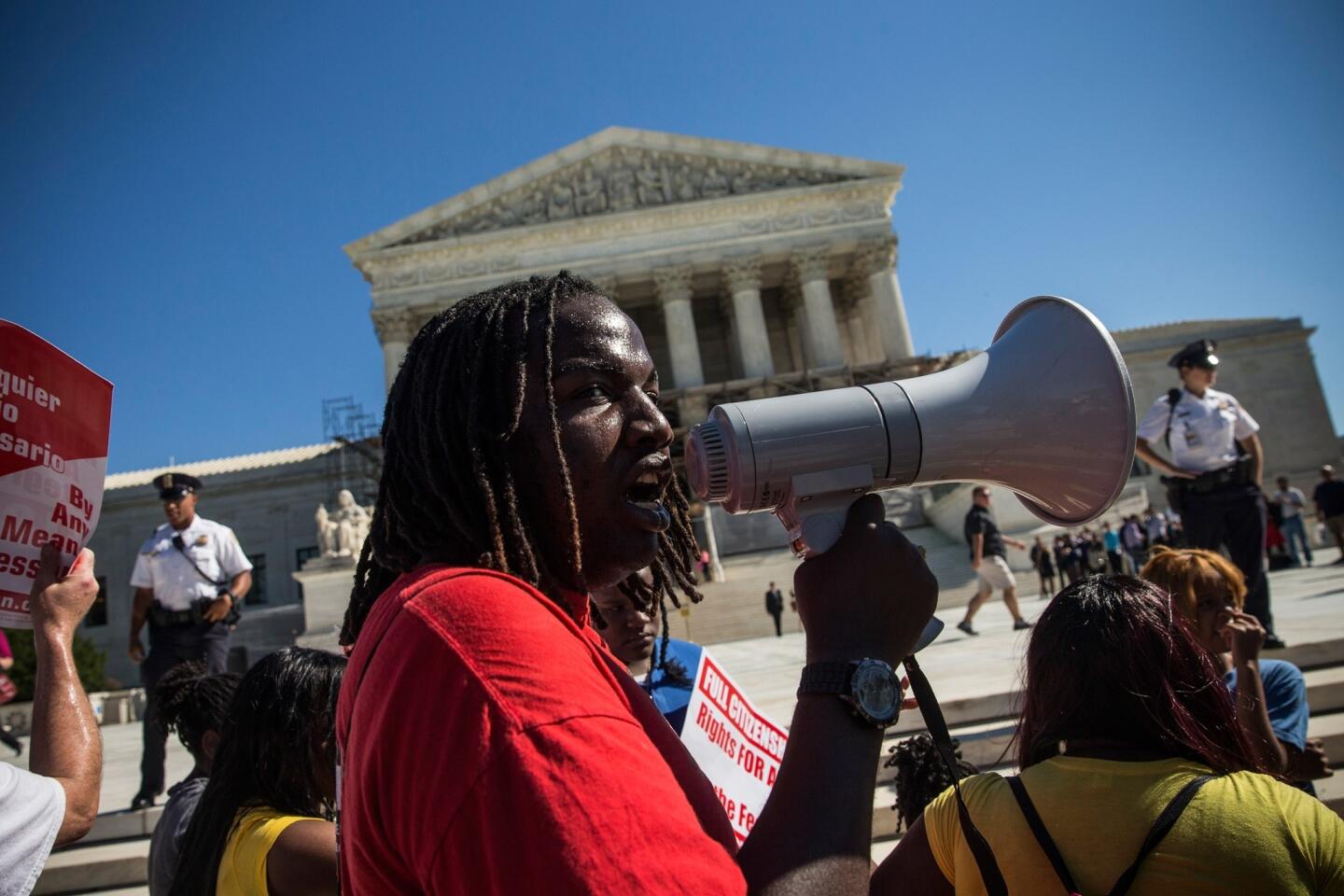
Also in June, the court by a 7-1 vote punted on a case that many feared might spell the end of racial preferences in admissions by state universities. The justices sent back to a lower court a challenge to the University of Texas’ policy of taking race into account in filling places in the freshman class left over after it admitted students who finished in the top 10% of their high school class. For now, affirmative action at state universities hangs on -- as it should. It doesn’t offend the Constitution to allow universities to take steps to ensure a modicum of racial diversity in their classrooms.
Above: Supporters of affirmative action demonstrate outside the Supreme Court.
RELATED:
Ted Rall’s five best cartoons of 2013
Washington’s 5 biggest ‘fails’ of 2013
10 groundbreaking women we lost in 2013
(Andrew Burton / Getty Images)
Like students, Supreme Court justices divide their time into terms that begin in the fall and conclude in early summer. But it’s still possible to grade its members on what they did right and wrong in calendar year 2013. Here are some highs and lows -- and a development that can be scored either way, depending on how you feel about justices making news off the bench. -- Michael McGough
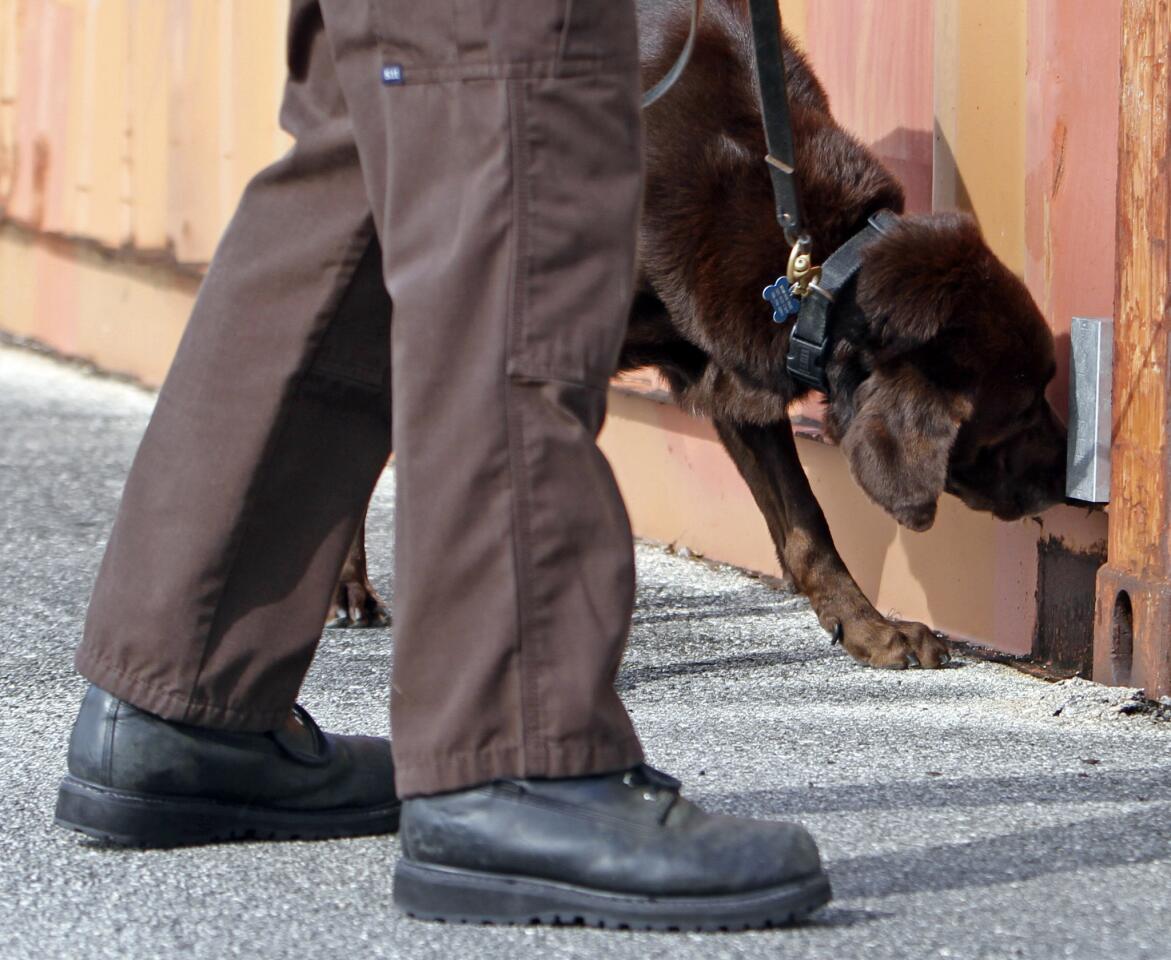
In a victory for the privacy rights of homeowners, the court ruled 5 to 4 in March that police who deploy a drug-sniffing dog at a suspect’s front door are engaging in a search, which usually requires a warrant. Justice Antonin Scalia wrote that “when it comes to the 4th Amendment, the home is first among equals.”
Above: A narcotics detector canine sniffs for marijuana in Miami.
RELATED:
Ted Rall’s five best cartoons of 2013
Washington’s 5 biggest ‘fails’ of 2013
10 groundbreaking women we lost in 2013
(Alan Diaz / Associated Press)
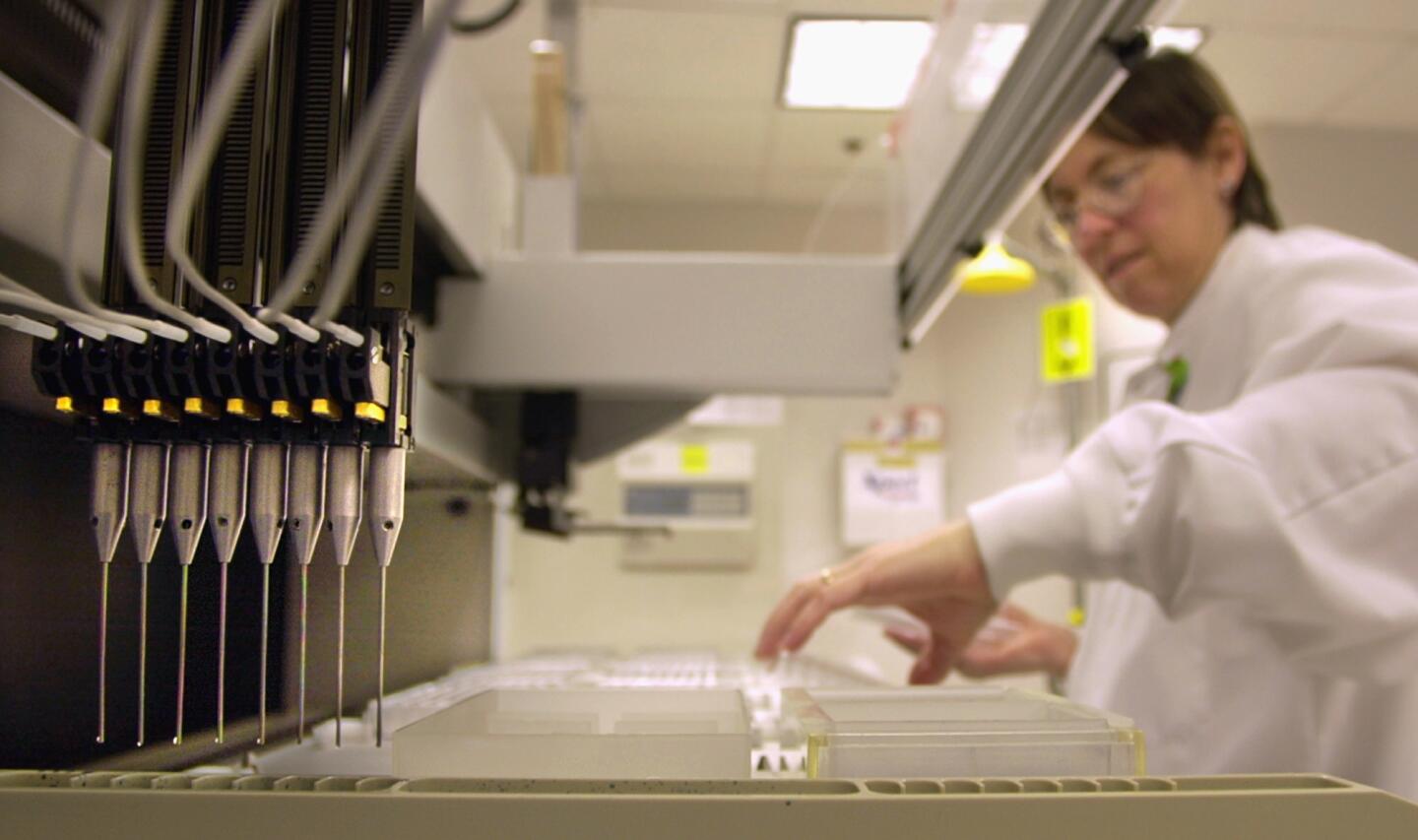
The court ruled unanimously (again in June; it always saves the best cases for last) that it was impossible to patent a naturally occurring human gene. The decision was notable for Justice Antonin Scalia’s refusal to sign a passage in Justice Clarence Thomas’ majority opinion setting out the standard scientific explanation of molecular biology. The usually cocksure Scalia wrote: “I am unable to affirm those details on my own knowledge or even my own belief.”
Above: A technician loads patient samples into a machine for testing at Myriad Genetics in Salt Lake City.
RELATED:
Ted Rall’s five best cartoons of 2013
Washington’s 5 biggest ‘fails’ of 2013
10 groundbreaking women we lost in 2013
(Douglas C. Pizac / Associated Press)
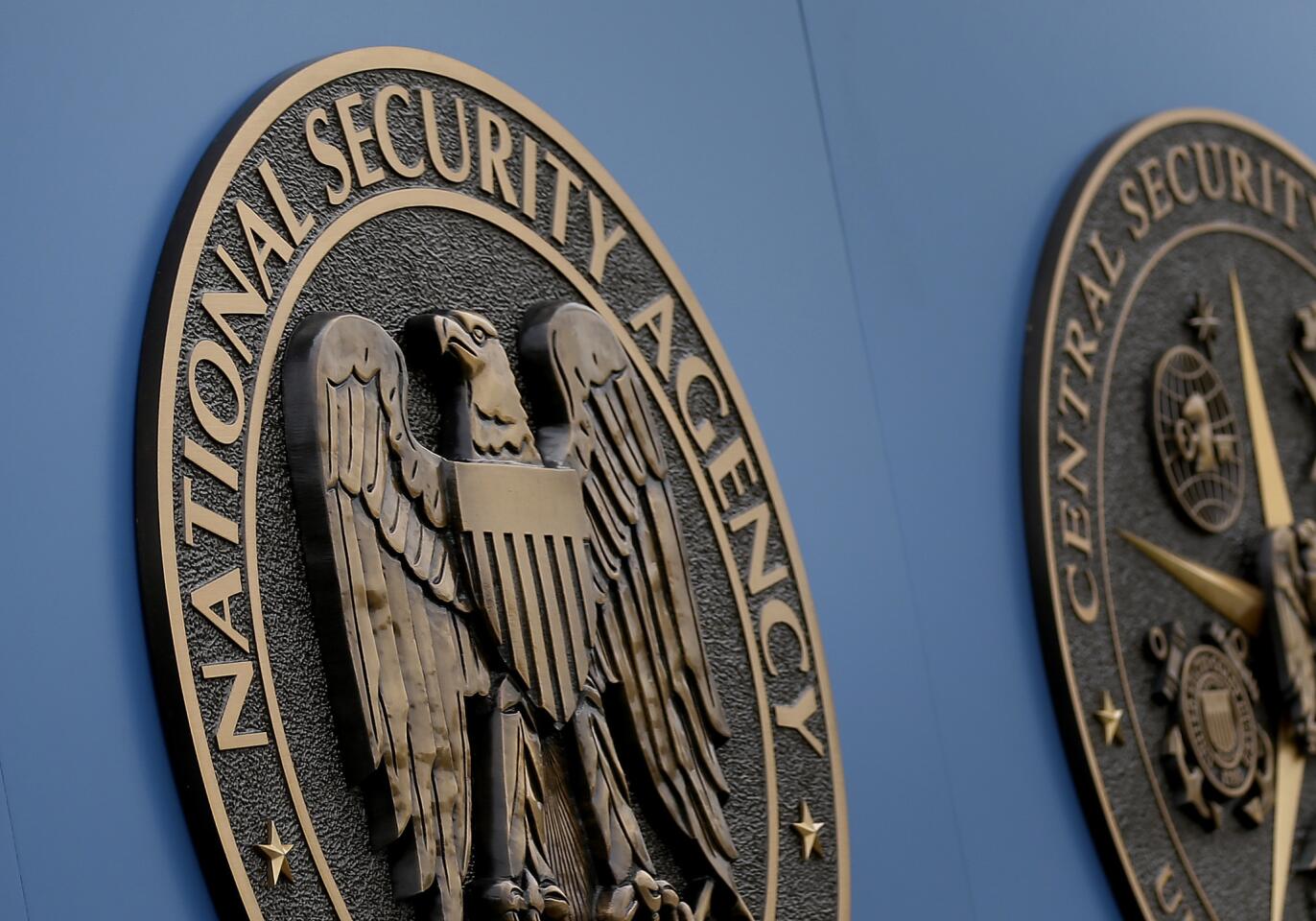
In February, several months before former National Security Agency contractor Edward Snowden revealed the extent of the NSA’s electronic surveillance, the court ruled that a group of lawyers and activists couldn’t challenge one of the agency’s programs. Writing for a 5-4 majority, Justice Samuel A. Alito Jr. said the plaintiffs lacked standing to challenge the program because they couldn’t show that their conversations with sources and clients were monitored.
Justice Stephen G. Breyer’s more persuasive dissent argued that “we need only assume that the government is doing its job (to find out about, and combat, terrorism) in order to conclude that there is a high probability that the government will intercept at least some electronic communication to which at least some of the plaintiffs are parties.”
Above: At the NSA campus in Fort Meade, Md.
RELATED:
Ted Rall’s five best cartoons of 2013
Washington’s 5 biggest ‘fails’ of 2013
10 groundbreaking women we lost in 2013
(Patrick Semansky / Associated Press)
Advertisement
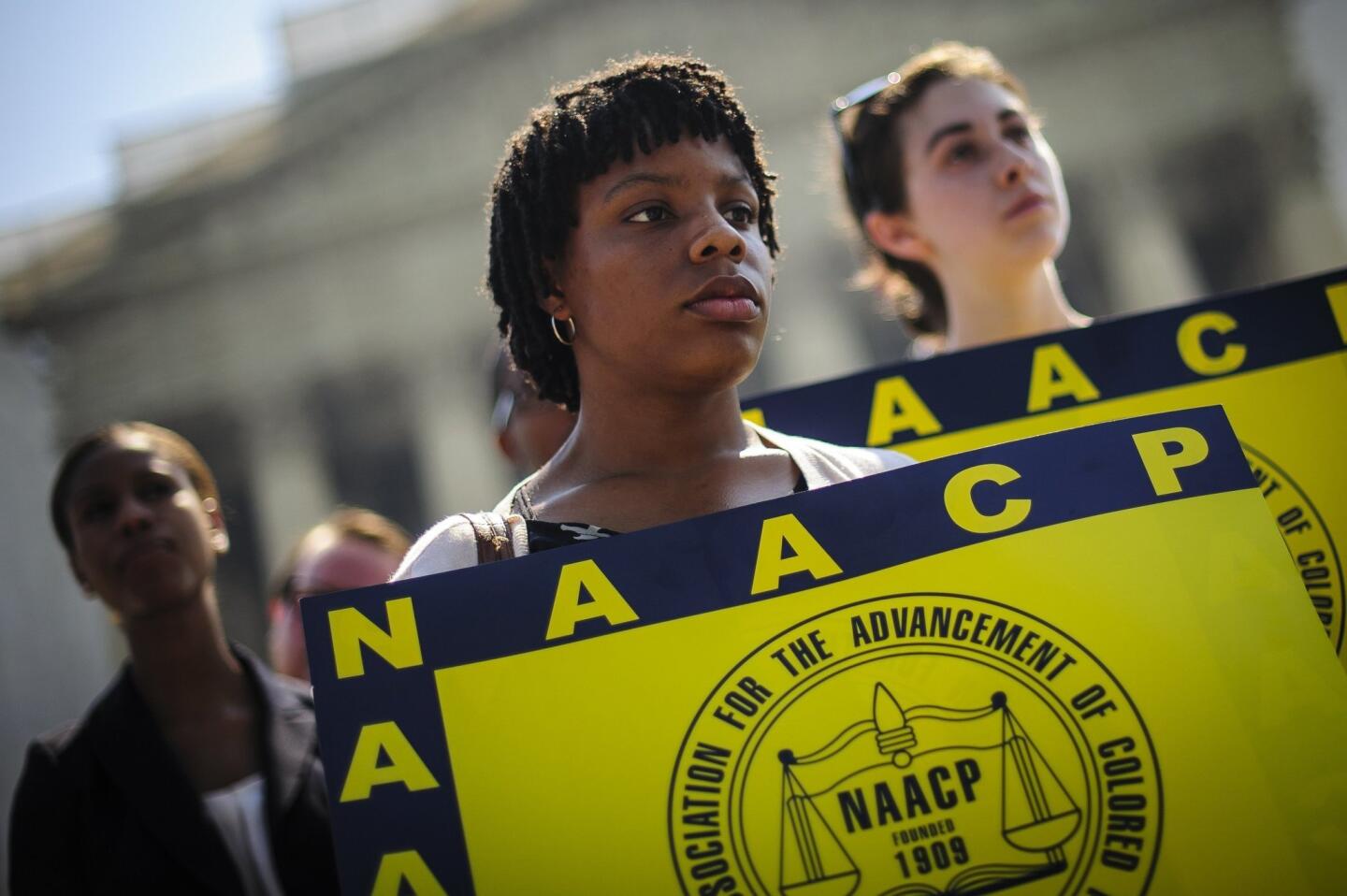
In June, the court invalidated an important part of the Voting Rights Act by declaring unconstitutional a formula used to determine which states would have to “pre-clear” changes in their election procedures with the Justice Department or a federal court. The 5-4 majority assumed that Congress would happily return to the drawing board to work out a new formula, an absurd assumption in light of present partisan gridlock in Washington.
The court’s decision, predictably, inspired state officials to press forward with measures, such as a requirement that voters carry photo ID, that will have the effect of disenfranchising minority and poor voters. The Obama administration is challenging some of those requirements under another section of the Voting Rights Act, but the court needlessly made its job harder.
Above: Voting rights activists outside the Supreme Court.
RELATED:
Ted Rall’s five best cartoons of 2013
Washington’s 5 biggest ‘fails’ of 2013
10 groundbreaking women we lost in 2013
(Pete Marovich / McClatchy-Tribune)
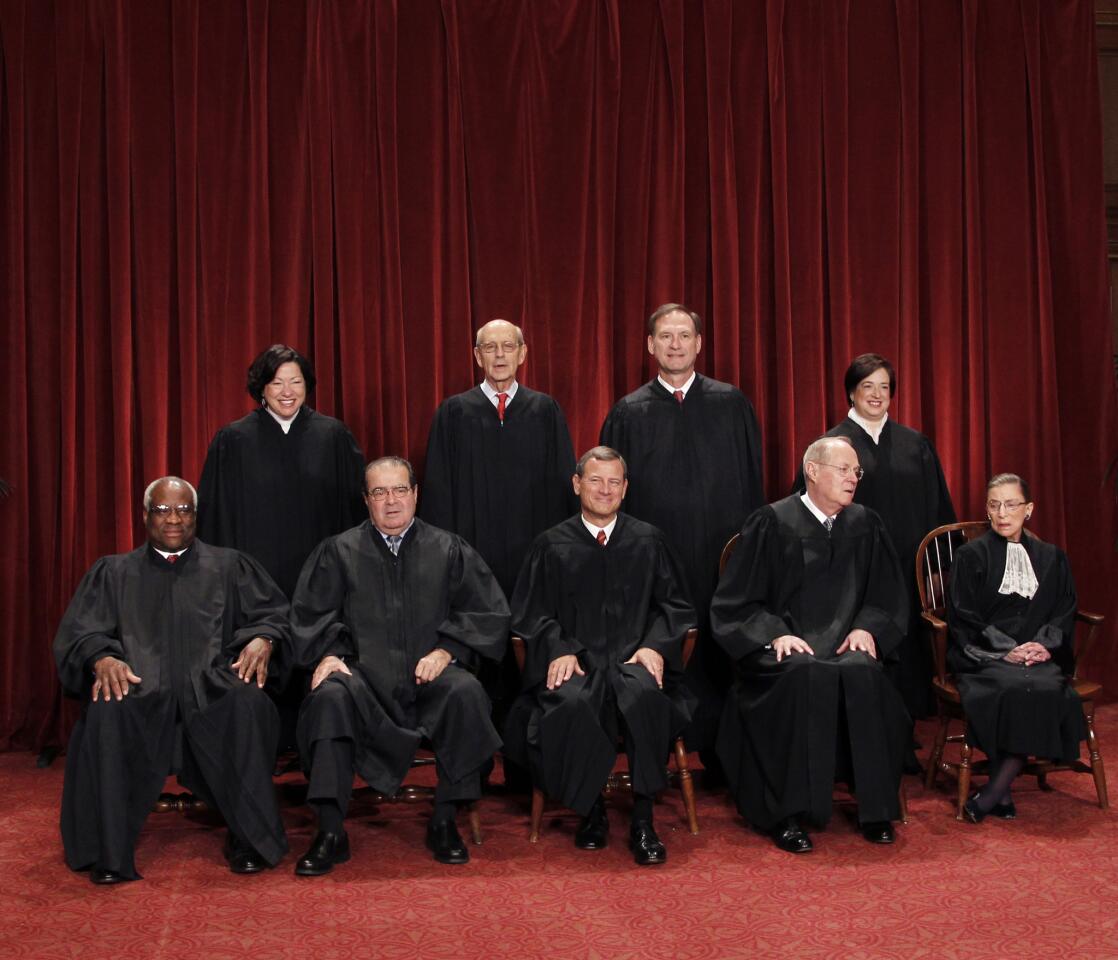
In 2013, the justices continued to make news outside the courtroom. Notably, Justice Ruth Bader Ginsburg and her fellow opera buff Antonin Scalia opened up with journalists.
In an interview with the Associated Press, Ginsburg indicated that she regretted signing a 2009 majority opinion by Chief Justice John G. Roberts Jr. that raised “serious constitutional questions” about provisions of the Voting Rights Act. That opinion laid the groundwork for the decision striking down the coverage formula for federal “pre-clearance” of voting changes.
Scalia, meanwhile, submitted to an interview with New York magazine in which he denied that he was anti-gay (“I have friends that I know, or very much suspect, are homosexual”), divulged his newspaper reading habits (no New York Times) and explained that he believed in the existence of the devil (“Hey, c’mon, that’s standard Catholic doctrine! Every Catholic believes that”).
Meanwhile, Justice Sonia Sotomayor promoted her autobiography, Justice Clarence Thomas sat down for an interview at a Federalist Society convention and Justice Samuel A. Alito Jr. threw out the first pitch at a Texas Rangers baseball game.
Did these encounters with the media and the public constitute a high point or a low point for the Supreme Court? It depends on whether you think the justices best serve the court by confining their comments to their opinions or by proving that they’re “real people.”
Above: The Supreme Court justices.
RELATED:
Ted Rall’s five best cartoons of 2013
Washington’s 5 biggest ‘fails’ of 2013
10 groundbreaking women we lost in 2013
(Pablo Martinez Monsivais / Associated Press)







